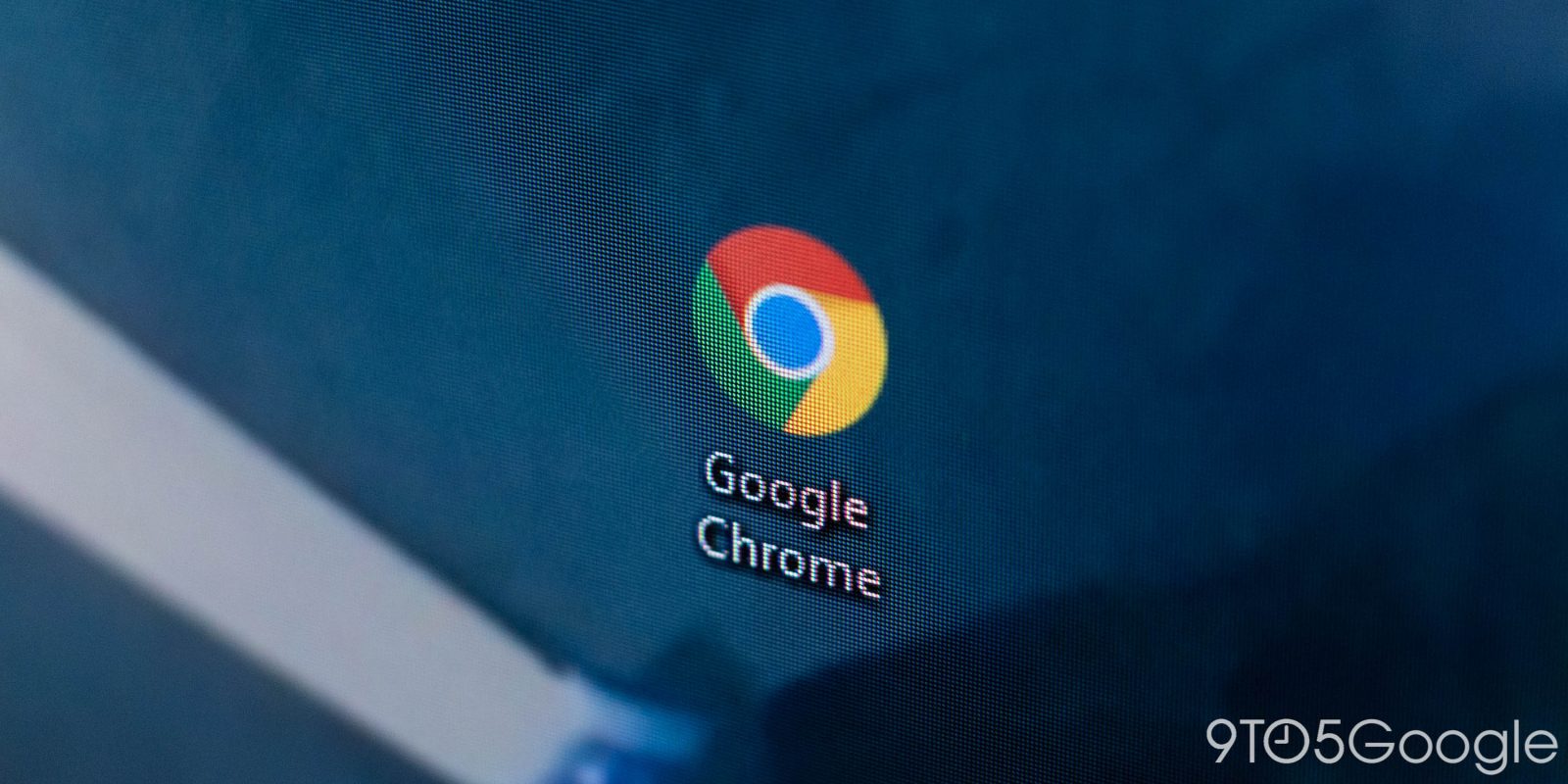
Chrome gets a bad rap for eating up your RAM, but when given proper resources, it’s still an extremely quick web browser. Now, it’s adding another feature that should make it feel even faster with the “back-forward cache” coming to desktop versions of Chrome.
Windows Latest found that the latest version of Chrome on Windows, macOS, and Linux all now support the “back-forward cache” that Google first debuted on Android in Chrome 87. In a document, Google explains the feature:
Back-forward cache is a browser feature which improves the user experience by keeping a page alive after the user navigates away from it and reuses it for session history navigation (browser back/forward buttons, history.back(), etc) to make the navigation instant. The pages in the cache are frozen and do not run any javascript.
We already shipped this feature for android. We want to start experimenting with back-forward cache on desktop environments.
This change allows Chrome to keep the current page and the last page you visited in memory at once, which, in turn, makes the back and forward page buttons load the website instantly. It’s not exactly a game-changing feature, but it should make the browser feel considerably faster. When it debuted on Android, Google said it made 20% of back/forward navigation instantaneous.
As seen below, the interaction truly is instant under the right circumstances. Some elements, such as ads, may still need to reload, but the page as a whole is kept entirely in memory. It’s probably safe to assume that some web apps or other complex pages may not play well with this feature, but on the whole, it should make a big difference in speed.
We tested this feature on Chrome 92 for Windows, which is currently in the Canary channel.
More on Chrome:
- Google Chrome prepares ‘Desktop Sharing Hub’ with copy link, QR code, other shortcuts
- Chrome 90 for iPhone and iPad rolling out with trio of search, Dino widgets
- How to stop all websites from sending notification prompts in Google Chrome
FTC: We use income earning auto affiliate links. More.



Comments